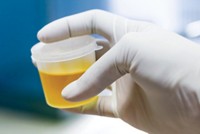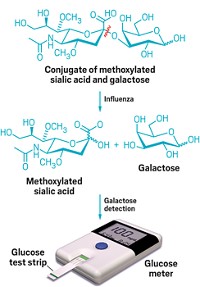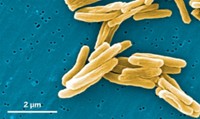Advertisement
Grab your lab coat. Let's get started
Welcome!
Welcome!
Create an account below to get 6 C&EN articles per month, receive newsletters and more - all free.
It seems this is your first time logging in online. Please enter the following information to continue.
As an ACS member you automatically get access to this site. All we need is few more details to create your reading experience.
Not you? Sign in with a different account.
Not you? Sign in with a different account.
ERROR 1
ERROR 1
ERROR 2
ERROR 2
ERROR 2
ERROR 2
ERROR 2
Password and Confirm password must match.
If you have an ACS member number, please enter it here so we can link this account to your membership. (optional)
ERROR 2
ACS values your privacy. By submitting your information, you are gaining access to C&EN and subscribing to our weekly newsletter. We use the information you provide to make your reading experience better, and we will never sell your data to third party members.
Analytical Chemistry
Desperately Seeking Staphylococci
Microbiology: An isotopically labeled bacterial virus helps researchers sniff out bacteria, stat!
by Jeffrey M. Perkel
February 22, 2011

When a mysterious infectious disease breaks out, microbiologists at the Centers for Disease Control and Prevention need a fast, reliable way to identify and characterize the culprit. Now, researchers there and at the Georgia Institute of Technology have developed a new method for speedy identification of bacteria (Anal. Chem., DOI: 10.1021/ac103024m).
Traditional bacterial testing methods rely either on culturing the microbes or on the polymerase chain reaction, better known as PCR, to study their DNA; the former takes days, while the latter cannot generally distinguish live from dead cells. An alternative approach called phage amplification detection lets bacterial viruses, or phages, do all the work. The method works because phages are picky about the bacterial strains they invade. Once inside their preferred hosts, the phages put the cells to work making new viruses. So if scientists inoculate a sample with a specific phage strain and then observe an explosion of viruses, they know that the phages' bacteria of choice are present.
Researchers usually detect the new viruses by mass spectrometry. But all generations of phages look the same in these tests. To establish that detected viruses are the result of invading a bacterial host, researchers must inoculate at concentrations below the detection limit of the spectrometer and wait for the viruses to multiply.
To speed up the method, John Barr and Jon Rees of the CDC, with Facundo Fernández and graduate student Carrie Pierce of Georgia Tech, infected cultures of a lab strain of Staphylococcus aureus with a virus called bacteriophage 53 that was labeled with a heavy isotope of nitrogen, 15N. Within infected cells, the labeled virus directed the production of unlabeled 14N progeny. Thanks to their different isotopes, the parent and progeny phages became easy to distinguish using a technique called matrix-assisted laser desorption/ionization time-of-flight mass spectrometry, or MALDI TOF MS.
The researchers then demonstrated how much time the technique can save. When the team infected S. aureus cultures with unlabeled phage at sub-detection-limit concentrations, they observed new viruses three hours later. But bacteria infected with 200-fold more 15N phage could be detected within just 90 minutes. By comparison, PCR detection of the bacteria can take up to five hours.
Kent Voorhees of the Colorado School of Mines, whose lab invented phage amplification detection (and who mentored Rees), praised the study, calling it "very solid."
According to Barr, S. aureus is not the researchers' ultimate target; after all, rapid staph diagnostics already exist. Instead, he says, the goal is to develop a method that can target a host of organisms to allow strain identification and characterization of antibiotic resistance. Furthermore, he thinks the method could analyze hundreds of samples in parallel.
But don't expect to see the test in your local hospital anytime soon. Barr expects the CDC to use the test, which requires expensive instrumentation, as a "reference," or gold-standard diagnostic. CDC scientists could use it to identify bioterror agents and emerging disease microbes, he says. The key will be finding suitably specific viruses. Says Voorhees: "That's the stumbling block."





Join the conversation
Contact the reporter
Submit a Letter to the Editor for publication
Engage with us on Twitter